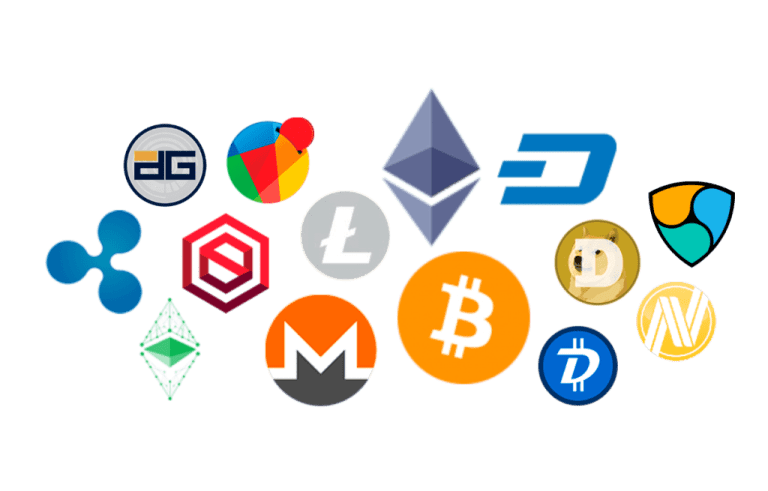Trading in financial markets can be both exciting and perplexing, especially when you encounter terms like “margin.” Margin is a fundamental concept in trading that can significantly impact your trading activities. Let’s simplify it, step by step.
What is Margin in Trading?

1. Margin in Trading – The Basics: Margin in trading is essentially a deposit you need to put down to open and maintain a position in the market. It acts as collateral and allows you to trade assets that you might not be able to afford in their entirety.
2. Initial Margin – The Entry Fee: When you first open a trade, you’ll encounter the “initial margin.” This is the minimum amount you must deposit to initiate a position. It’s a safety net for the broker in case your trade goes south. The size of the initial margin varies depending on the asset and the broker’s policies.
3. Free Margin – Your Trading Power: Once you’ve initiated a trade, the amount left in your trading account, beyond the initial margin, is known as “free margin.” It’s your available capital to open new trades or cover potential losses in your current positions.
4. Meaning of Margin in Trading: Margin plays a crucial role in leveraging your trading capacity. It amplifies your market exposure and potential profits. However, it’s a double-edged sword. While it can magnify gains, it can also exacerbate losses if the market moves against you.
5. Risk Management with Margin: Prudent traders employ risk management strategies to avoid excessive use of margin. Setting stop-loss orders and monitoring free margin help prevent substantial losses.
6. Margin Calls and Liquidation: If your losses deplete your trading account’s free margin to a critical level, you might receive a “margin call.” This means you must either deposit more funds or reduce your positions. If you don’t act promptly, the broker may liquidate your trades to cover the losses.
7. Leverage and Margin: Margin is closely linked to the concept of leverage. Leverage multiplies your market exposure, allowing you to control larger positions with a relatively small amount of capital. While this can amplify profits, it also increases the risk of significant losses.
Trader’s Guide
Delve deeper into the meaning of margin, including initial margin, and discover its pivotal role in leveraging your trading capacity with our informative video guide brought to you by Plus500. Uncover the key concepts and practical insights that can empower your trading journey.











